Chinggis Khaan is renowned as the initiator of the earliest communication networks in human history, establishing the fastest and efficient relay system of mounted couriers. This communication network, dedicated to delivering information and intelligence across the vast empire, was led by one of Chinggis Khaan’s four generals, Zelme.
Couriers using the horse relay system could cover hundreds of miles daily, and in cases of critical urgency, they could ride through day and night, switching horses but not riders. In times of war, couriers would deliver the Khaan’s decree and military information with remarkable speed and efficiency. The Washington Post reported that Chinggis Khaan had effectively established a global communications system 700 years before the invention of the interconnected network. In such a way, the Great Khaan is recognized as the original founder of what is now recognized as the internet.
Later, under the rule of Ogedei Khaan, a unified state relay station was established, discharging the uurgiin ulaa (a method of mobilizing horses and other necessary items from any family on the way.) This was the largest reform in the nation’s economic and communications sector. Initially, 37 fundamental major relay stations were set up. In each station, every mingghan (a group of 1,000 soldiers) were assigned to supply a certain number of horses, cattle, carts, and food.
Ogedei Khaan initially set up 37 fundamental major relay stations. In each relay station, each mingghan (a group of 1,000 soldiers) were assigned to supply a determined number of horses, sheep, cattle, and carts. Between 1232 and 1233, Ogedei Khaan issued several additional decrees to further regulate the relay station system.
There were three types of relay stations in size: large, medium, small; seven types in form: land, water, horse, cattle, horse cart, dog, and walking relay stations. In terms of range, this vast network spanned not only across Mongolia but extended over a vast area of the Mongol Empire numerous relay stations were established in the territory of China. As negotiated beforehand, separate branches of the relay system were established within the territories of the Chagatai Khanate and the Golden Horde. There are reports that there were around 1,500 relay stations in operation during the reign of Ogedei Khaan.
The primary purpose of the relay network was to unite and maintain control over the occupied states, linking them to Karakorum, the capital of the Mongol Empire. As reflected in the Decree of the Khaan, envoys without certificates were unable to use the relay service.
Over time, the Mongol postal relay network dissolved regional and intellectual boundaries between the peoples of East and West, and contributed to the development of a state of a unified civilization. The Mongol Empire facilitated the exchange of envoys and ambassadors, allowing people with different cultures to observe each other’s unique customs and traditions. Moreover, this relay system has enabled people to record history not only from their own perspective but also through views of others.
Thanks to the relay system, notable Western ambassadors, travelers, and merchants such as Giovanni del Plano Carpini, William of Rubruck, Marco Polo, Ata-Malik Juvayni, and the Chinese Taoist monk Ch’ang-ch’un crossed into Mongolian territory. They observed Mongolian lifestyle, recorded travel notes and historical chronicles, providing invaluable resources for understanding that period through the eyes of outsiders. Notably, Plano Carpini, setting out from Kiev, rode Mongolian horses on his journey from Europe to Mongolia. Departing from a Mongolian postal station on the banks of the Volga River on April 8, he reached Guyuk Khaan’s court near Karakorum by July 22, covering nearly 3,000 miles, or around 4,800 kilometers in three and a half months.
Ogedei Khaan initiated the expansion of the postal relay system, and the issue was discussed and formalized at the Khurultai (General Assembly of Mongol Nobles) and Council of Courts. Thus, as mentioned in the “Secret History of the Mongols,” the establishment of the postal relay system is remembered as one of the four great deeds carried out by Ogedei Khaan after his father’s rule.
